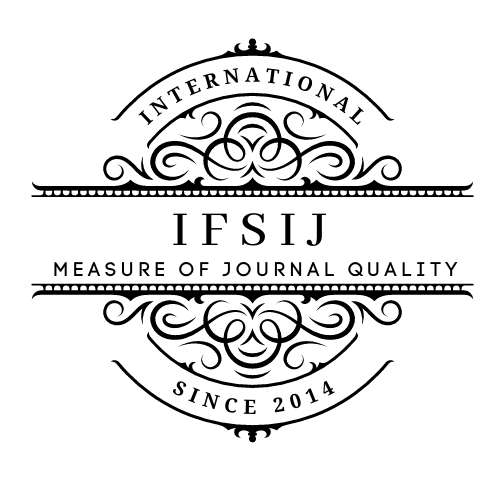NEW DIAGNOSTIC METHODS AND APPROACHES TO THE TREATMENT OF MIRIZZI SYNDROME
Abstract
Mirizzi syndrome is a rare cause of obstructive jaundice characterized by a depressed gallstone in the cystic duct or neck of the gallbladder with concomitant inflammatory changes causing external compression narrowing of the common hepatic duct and dilatation of the proximal bile ducts. This article discusses new diagnostic methods and approaches to the treatment of Mirizzi syndrome. Objective. Conduct a systematic review of the sources of the current scientific literature. Materials and methods of research. An analysis of 18 sources of foreign literature on this topic is carried out. Result. In diagnosing Mirizzi syndrome, ultrasound is the most commonly used method of initial diagnosis. Magnetic resonance cholangiopancreatography (MRCP) and endoscopic retrograde cholangiopancreatography (ERCP) are good methods and equally effective, but only the latter can be therapeutic at the same time. Some modern methods show very high sensitivity, But they are not used as often. Mirizzi syndrome is still a diagnostic problem, despite improvements in available tools. Preoperative diagnosis is crucial to avoid complications during treatment. New research could lead to the unification of classifications and diagnostic algorithms.
Downloads
Published
Issue
Section
License

This work is licensed under a Creative Commons Attribution-NonCommercial 4.0 International License.







